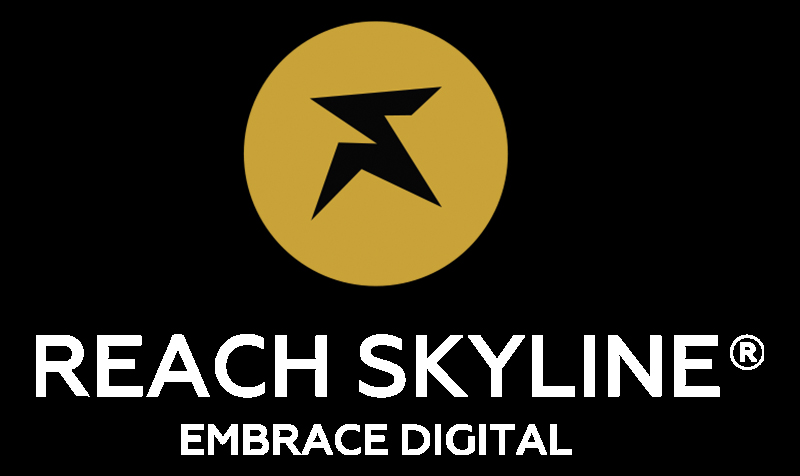The Rise of Voice Search and What It Means for Your Business
The way people search for information is undergoing a profound transformation. Voice search has emerged as a game-changing force, reshaping how businesses engage with their audiences. With the widespread adoption of virtual assistants and smart speakers, optimizing for voice search is no longer a luxury but a fundamental requirement for businesses that want to maintain a competitive edge in the digital landscape. Understanding the Growth of Voice Search Voice search has experienced exponential growth over the past few years. A report by Statista indicates that more than 50% of internet users interact with voice search tools daily. The increasing ubiquity of devices such as Amazon Alexa, Google Assistant and Apple Siri has driven this surge, with projections estimating that there were over 8.4 billion digital voice assistants in use worldwide in 2023, outpacing the global population. The prevalence of smartphones also fuels voice search expansion. Google reports that 27% of online users conduct voice searches on mobile devices, highlighting the growing dependence on this hands-free, efficient search method. As voice recognition technology continues to improve, accuracy levels are reaching near-human comprehension, making voice search a preferred option for quick and seamless information retrieval. Why Consumers Prefer Voice Search The rise of voice search can be attributed to several key advantages. First and foremost, it offers unparalleled convenience. Users can access information hands-free while multitasking, whether they are driving, cooking, or working out. This ease of use has made voice search an indispensable tool for modern consumers. Speed is another crucial factor. Voice search delivers results faster than traditional typing, reducing friction in information discovery. According to research by PwC, 71% of consumers prefer using voice assistants for quick queries instead of manually searching online. This shift presents businesses with an opportunity to tailor content for immediate, direct responses. Collaborating with an Internet Marketing Consultant can help refine digital strategies to better align with the preferences of voice search users. The Impact on Search Engine Optimization (SEO) Voice search fundamentally alters traditional search engine optimization strategies. Unlike conventional text-based searches that rely on specific keywords, voice searches tend to be more conversational, structured in complete sentences, and framed as questions. Businesses must prioritize long-tail keywords and natural language processing techniques to adapt effectively. Google’s algorithm now focuses more on user intent rather than just keyword matching. For example, instead of typing “best coffee shop New York,” voice search users might ask, “Where can I find the best coffee shop near me?” Structuring website content in a question-and-answer format significantly increases the likelihood of ranking higher in voice search results. Local SEO and Voice Search For local businesses, voice search presents a powerful opportunity. According to a study, 58% of consumers use voice search to obtain local business information. Queries like “nearest gas station” or “best pizza place near me” generate high-intent traffic that can convert into customers. To capitalize on this trend, businesses should optimize their Google My Business listings with accurate contact details, operating hours, and location-specific keywords. Enhancing content with “near me” phrases and implementing structured data markup can further improve visibility in local search results. Voice Search and E-Commerce The e-commerce sector is also witnessing a significant impact from voice search. According to OC&C Strategy Consultants, voice commerce is projected to generate $40 billion in revenue by 2025. Consumers are increasingly using voice assistants to browse products, place orders, and manage shopping lists, simplifying the online shopping experience. To maximize opportunities in this space, e-commerce businesses should optimize product descriptions with clear, voice-friendly responses. Incorporating conversational language and providing direct answers to common shopping queries can increase visibility in voice search results. Additionally, integrating voice search functionality into e-commerce platforms enhances user experience and streamlines the purchasing process. Seeking guidance from an Internet Marketing Consultant can further refine these strategies for greater success. Enhancing Customer Engagement Through Voice Search As voice assistants become more sophisticated, businesses have an opportunity to elevate customer engagement through personalized experiences. AI-powered chatbots and voice-enabled customer support can provide instant, seamless interactions, assisting users with inquiries and purchasing decisions. A study found that 91% of brands are investing in voice technology to enhance customer experience. By integrating voice search capabilities into their digital strategies, businesses can improve accessibility, enhance user satisfaction, and cultivate stronger brand loyalty. Adapting Marketing Strategies for Voice Search To stay ahead in the evolving digital marketing landscape, businesses must rethink their content and advertising strategies. Voice search requires a shift from traditional keyword stuffing to creating content that mirrors natural speech patterns. Optimizing blog posts with conversational queries, developing FAQ pages, and incorporating schema markup can significantly improve rankings in voice search results. The advertising industry is also witnessing a shift due to voice search. Marketers are exploring new opportunities, such as interactive voice-enabled ads, to engage audiences in a more personalized way. With major tech companies investing in voice-driven platforms, businesses should anticipate the rise of voice-based advertising and adapt accordingly. Consulting an Internet Marketing Consultant can provide valuable insights into leveraging voice search for digital marketing success. The Future of Voice Search in Business The rapid evolution of voice search technology signals a future where spoken interactions become the dominant mode of digital engagement. As artificial intelligence and machine learning continue to refine voice recognition capabilities, businesses that embrace voice search optimization will position themselves as industry leaders. Investing in voice search strategies today ensures long-term benefits, including enhanced brand visibility, improved customer engagement, and increased revenue potential. Companies that align with emerging voice search trends will not only remain competitive but also establish themselves as pioneers in the ever-evolving digital landscape.












